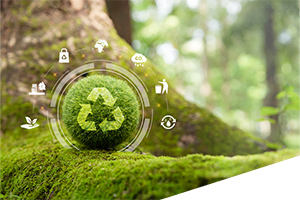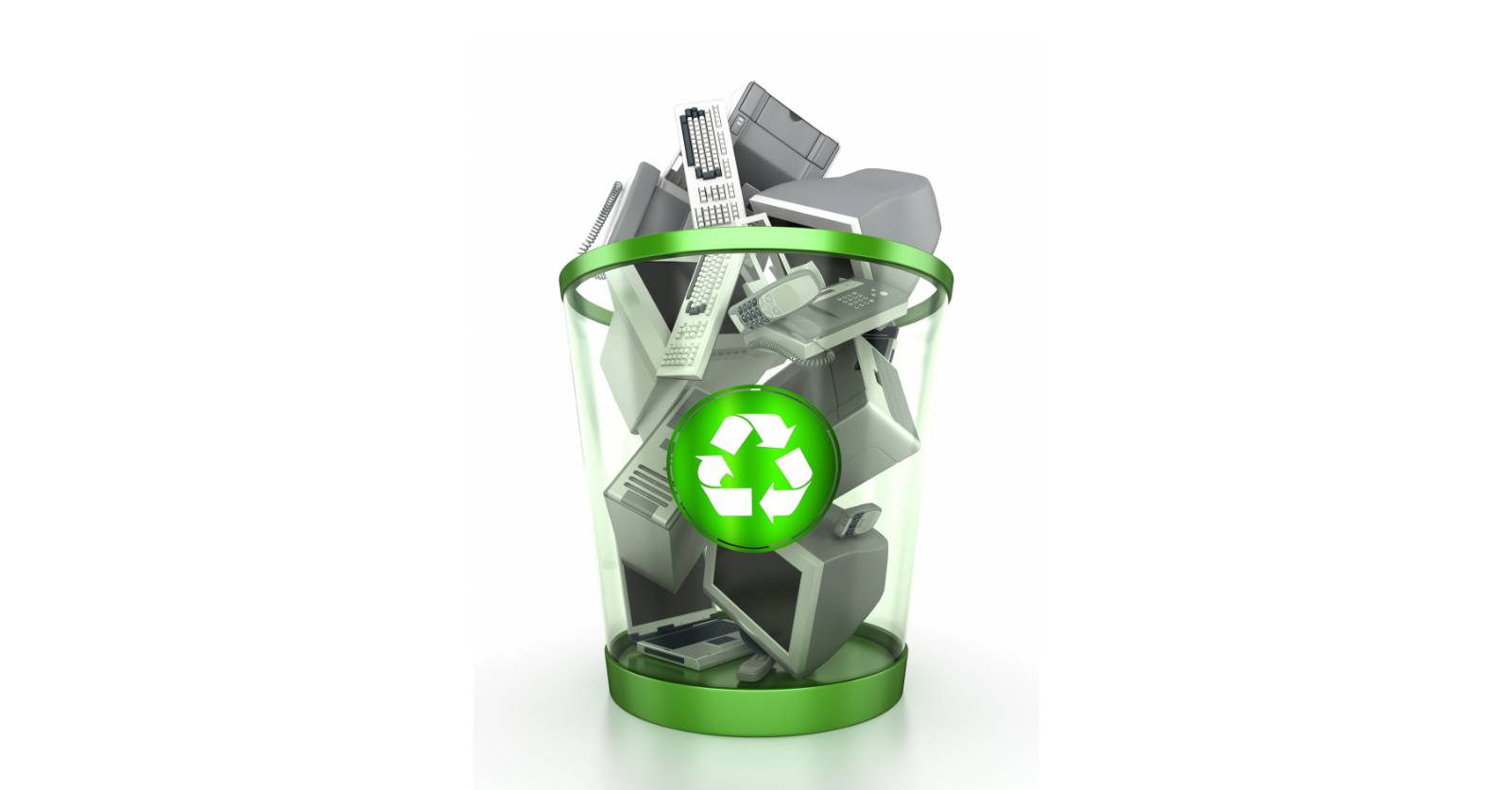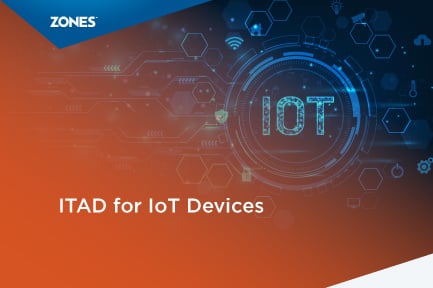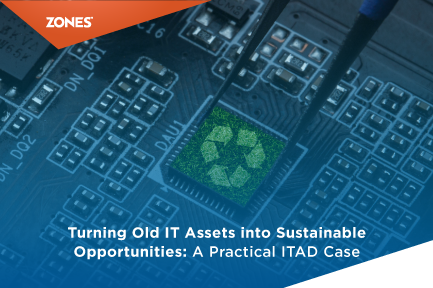What is ITAD, and why is it necessary for businesses?
Dismantling your aging or end-of-life IT equipment is easier said than done. Not only do you have to grapple with complex logistics and device...

The global push for sustainability has ignited a paradigm shift in how organizations approach IT Asset Disposition (ITAD). In the age of the circular economy, businesses are recognizing more sustainable approaches to dispose of their IT assets. This shift has prompted a growing focus on ITAD as a driving force for sustainability. By implementing responsible and environmentally conscious practices, organizations can not only minimize their environmental impact but also unlock new opportunities for value creation. Let’s explore the role of IT Asset Disposition in driving sustainability and how businesses can embrace the circular economy principles to create a more sustainable future.
Circular economy in ITAD (IT Asset Disposition) practice refers to the application of circular economy principles and strategies in the management and disposal of IT assets. It involves shifting from the traditional linear model of "take-make-dispose" to a more sustainable approach that prioritizes resource conservation, waste reduction, and the creation of a closed-loop system. As per the World Economic Forum, the global e-waste stream is experiencing exponential growth worldwide, with approximately 50 million tons of electronic and electrical waste generated annually, this figure is projected to double by 2050, primarily driven by the Internet of Things (IoT) and the rising demand for connected devices. The proliferation of hybrid work environments, online learning, and technologically advanced vehicles further contribute to the mounting volume of retired IT assets.
Implementing the principles of the circular economy, which include reducing, reusing, refurbishing, repairing, and recycling during IT asset disposition, brings several benefits:
With this smarter approach of circular economy, waste is eliminated, nothing is discarded, and all resources are utilized. Every product and material is valued and kept in circulation, avoiding unnecessary waste.
Environmental sustainability is increasingly crucial for any business. Sustainability in ITAD is about minimizing environmental impact and promoting social responsibility in the disposal of IT equipment by recycling or repurposing old devices and promoting ethical labor practices. By adopting sustainable ITAD practices, businesses can reduce their environmental footprint, protect sensitive data, and improve their reputation and bottom line while contributing to the betterment of society and the environment.
The global production of e-waste reached approximately 5.3 billion million metric tons in 2022. This alarming volume of e-waste poses significant threats to the environment and human health. It is estimated that more than 70% of hazardous materials found in landfills are a direct result of e-waste. These materials include toxic substances like lead, arsenic, and mercury, which can pollute the air, water, and soil, posing serious risks to ecosystems and communities. However, there is a silver lining in addressing this issue. Recycling computers alone has the potential to create an estimated 296 new jobs annually for every 10,000 tons of computer waste.
That’s why building a sustainable IT asset disposition program requires careful planning and consideration of a range of factors. Below are some key steps and considerations to keep in mind:
To implement this program, identifying trustworthy partners is also equally important to achieve sustainability goals. Zones provides certified asset disposal and secure data destruction services for obsolete or unwanted tech devices coupled with restock offerings. Backed by strategic partnerships, decades of logistical expertise, and multiple fulfillment centers around the world, we are fully compliant with all major regulations & guidelines like NIST 800-88, DoD media sanitization guidelines, and partnerships.
If you are ready to upgrade your IT infrastructure, then let our IT Asset Disposition Services take care of disposing of your old equipment safely and responsibly.
Visit zones.com or call 800.408.ZONES today.

Dismantling your aging or end-of-life IT equipment is easier said than done. Not only do you have to grapple with complex logistics and device...

With an unprecedented rate of ongoing technological progress marked by the increasing number of mobile phones, smart gadgets, and things connected to...

To stay in the market, organizations constantly work towards enhancing their technology as it is required in the current era. This comes with a...